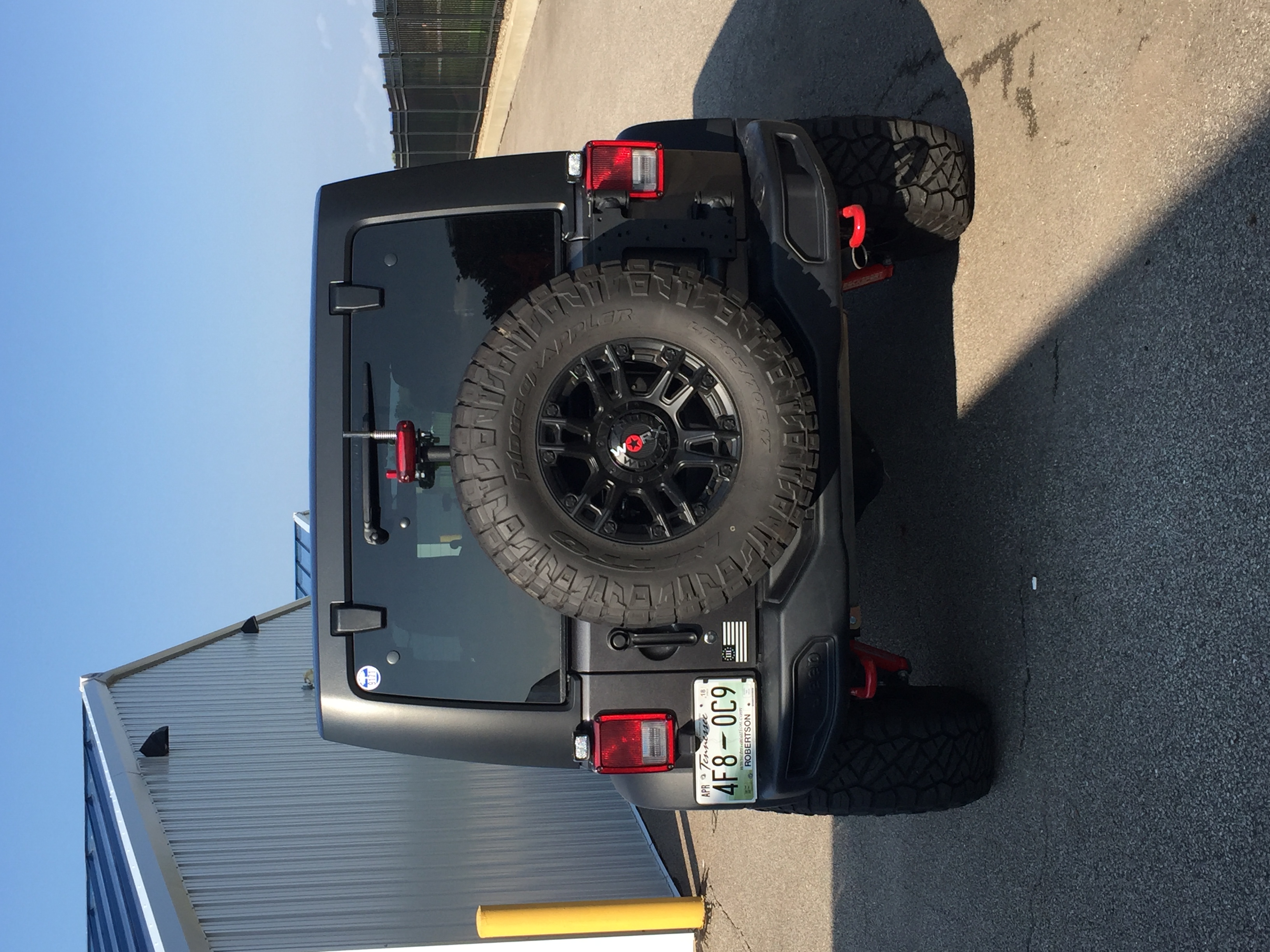
Pathfinder III
- 5,200
- First Name
- Kent
- Last Name
- Reynolds
- Member #
-
1632
- Ham/GMRS Callsign
- K6KNT
- Service Branch
- Retired Firefighter
There seems to be a constant dialogue on the forum about radio communications and what type of radio to purchase and what platform to get such as CB, FRS, GMRS & Ham. I am a huge proponent of Ham (and secondly GMRS), but that being said, more important to me is the quality of the radio you use in the field.
Radios come in all different qualities, prices, styles and so on and the old adage “you get what you pay for” is usually correct with radio purchases. The ARRL (American Radio Relay League) is the primary information source for ham radio users and works in conjunction with the FCC for licensing of hams. Over the last 4 years they conducted a study at their annual convention. It was of handheld radios and whether they met the FCC requirements to transmit only on the frequency they are tuned to and not on other frequencies at the same time (spurious emissions).
The 2012 through 2015 study showed that there was a major problem with the Beofeng, Wouxun & TYT portables, with the Beofeng not being compliant more than 50% of the time in most of those years.
Here is a link to the study with good charts showing all qualities of radios: http://www.nf9k.net/wp-content/uploads/2016/05/ARRL-Lab-HT-Testing.pdf
John Arenz, the current president of the Rubicon Trail Foundation and long-time ham, has this to say about spurious emissions;
“Many hams will take the attitude that spurious emissions are ok as long as the fundamental (desired) transmit frequency works as advertised. This could not be further from the truth. Spurious emissions cause other problems:
aerles OB#2465 added;
"also goes in hand with running the minimum power necessary to accomplish your goal. No need to run 50W in most groups unless you get separated, and you don't need to run 5W in hand while spotting. It seems many tend to set their radio to High and leave it there permanently."
FYI, I personally have a Beofeng - purchased before I got this information - and I carry it in my emergency backpack in the Jeep, rather than using it on the trail. If all other radio options fail, I will then use it.
Radios come in all different qualities, prices, styles and so on and the old adage “you get what you pay for” is usually correct with radio purchases. The ARRL (American Radio Relay League) is the primary information source for ham radio users and works in conjunction with the FCC for licensing of hams. Over the last 4 years they conducted a study at their annual convention. It was of handheld radios and whether they met the FCC requirements to transmit only on the frequency they are tuned to and not on other frequencies at the same time (spurious emissions).
The 2012 through 2015 study showed that there was a major problem with the Beofeng, Wouxun & TYT portables, with the Beofeng not being compliant more than 50% of the time in most of those years.
Here is a link to the study with good charts showing all qualities of radios: http://www.nf9k.net/wp-content/uploads/2016/05/ARRL-Lab-HT-Testing.pdf
John Arenz, the current president of the Rubicon Trail Foundation and long-time ham, has this to say about spurious emissions;
“Many hams will take the attitude that spurious emissions are ok as long as the fundamental (desired) transmit frequency works as advertised. This could not be further from the truth. Spurious emissions cause other problems:
- You could be transmitting on a harmonic (undesired) frequency and, not knowing what freq that is, you could be interfering.
- All radio communications rely on the desired signal being heard at a higher level than the “noise floor”, the constant RF noise that is around us. Noise floor is contributed to by any RF producer (the sun, fluorescent lights, poorly designed circuits such as cheap overseas LED’s, radios, etc). So that means if the noise floor is -7 dB, a signal must be heard at -8 dB to be heard. A PERFECT example of this is the CB band. There is a constant S7 to S9 noise level on the CB band because there are so many people talking on it all over the world. All of those signals get mixed in the atmosphere and we just hear them as noise. So this means a signal will have to be over S9 for it to be heard, which means that CB which used to be good for few miles because weak signals could be heard, is now only good for few hundred feet.”
aerles OB#2465 added;
"also goes in hand with running the minimum power necessary to accomplish your goal. No need to run 50W in most groups unless you get separated, and you don't need to run 5W in hand while spotting. It seems many tend to set their radio to High and leave it there permanently."
FYI, I personally have a Beofeng - purchased before I got this information - and I carry it in my emergency backpack in the Jeep, rather than using it on the trail. If all other radio options fail, I will then use it.
Last edited:







